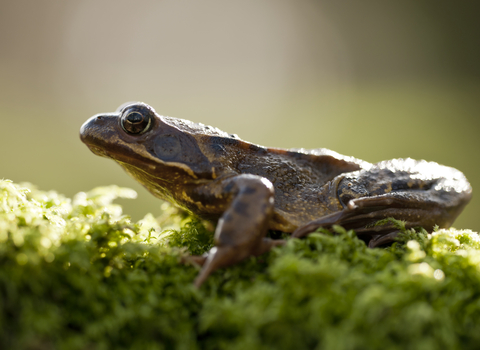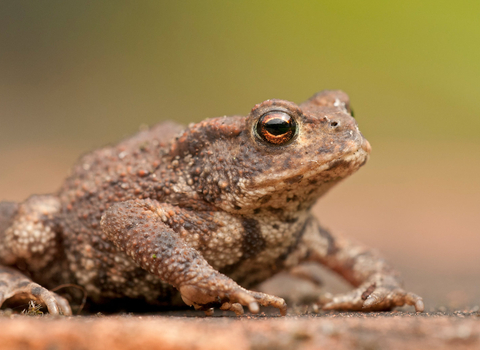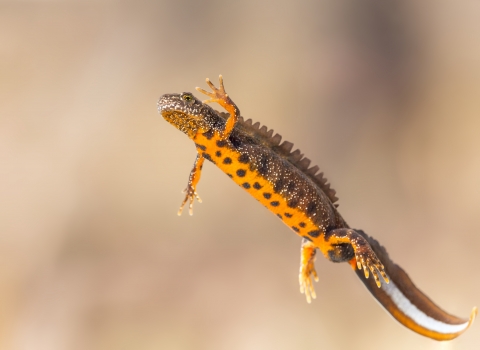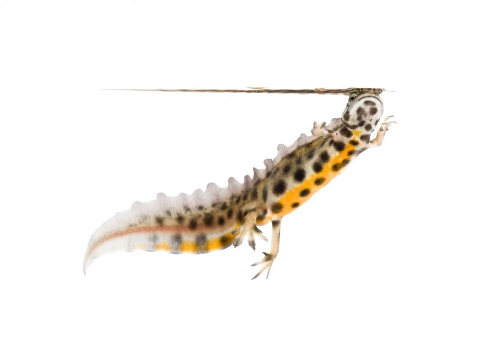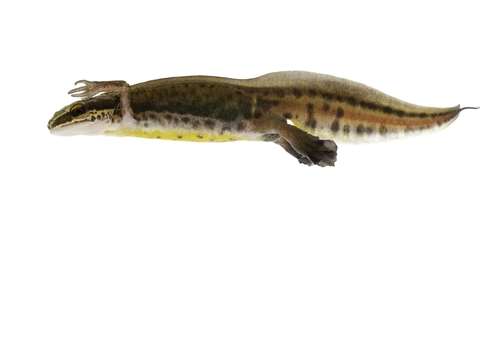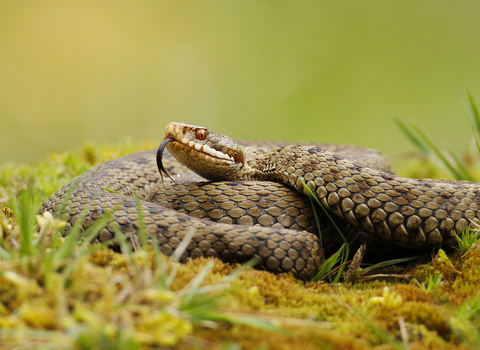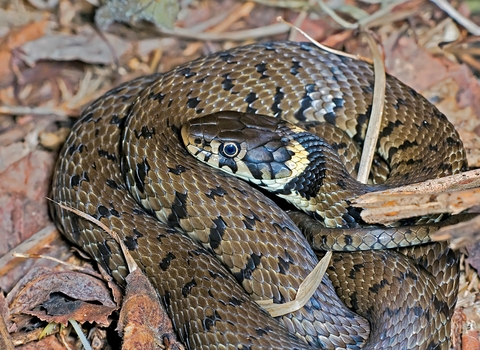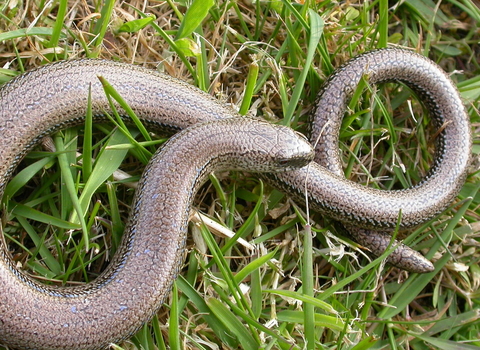"Eye of newt, and toe of frog,
Wool of bat, and tongue of dog,
Adder's fork, and blind-worm's sting,
Lizard's leg, and howlet's wing,--
For a charm of powerful trouble,
Like a hell-broth boil and bubble."
This is a wonderful quote from one of the witches in Shakespeare’s Macbeth, but how does any budding occultist know if their toe is from a frog and not a toad? or that they have extracted an eye from a newt and not a lizard? Who knows the chaos a mix up might cause!


